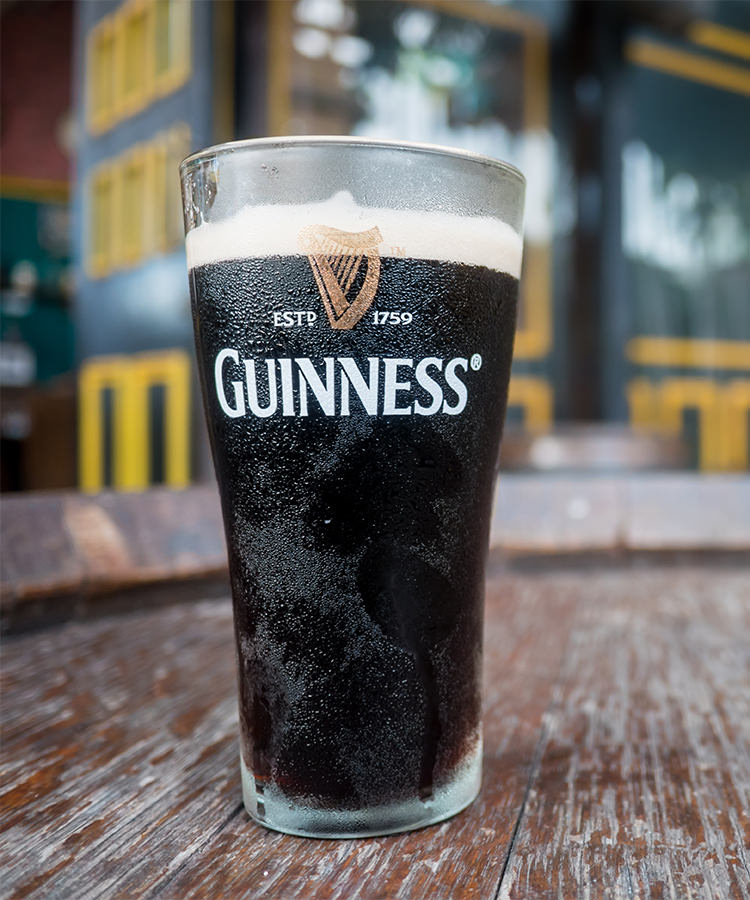The Guinness Book of Records — the go-to source of knowledge long before the internet was in everyone’s pocket — was started by the managing director of Guinness Breweries, Sir Hugh Beaver, in 1951. The goal, naturally, was to create a resource to settle all questions and debates throughout Britain and Ireland, the first of which being the question Sir Hugh was debating when the idea for a book struck him: What is the fastest game bird in Europe?
According to the 1955 Guinness Time staff magazine, two men were brought in to handle the publication of the book. They sent letters to everyone from astrophysicists to mycologists to gerontologists asking for help. The information was put together in, as the Guinness Book of Records history states, “thirteen-and-a-half 90-hour weeks which took in Saturdays, Sundays and Bank Holidays.”
It wasn’t always the rigorous testing that Guinness goes through today with cameras and professional checkers, though.
“When writing to an expert they did not ask for a direct bit of information, but stated a fact that they figured might be close enough to being right and asked the expert to correct it,” Guinness Magazine wrote in 1976. “’We found that people who have a total resistance to giving information often have an irresistible desire to correct other people’s impressions’ “
Today, the Guinness Book of World Records is a household name, as is, of course, Guinness beer. It also holds the world record as the best-selling copyrighted book of all time.
